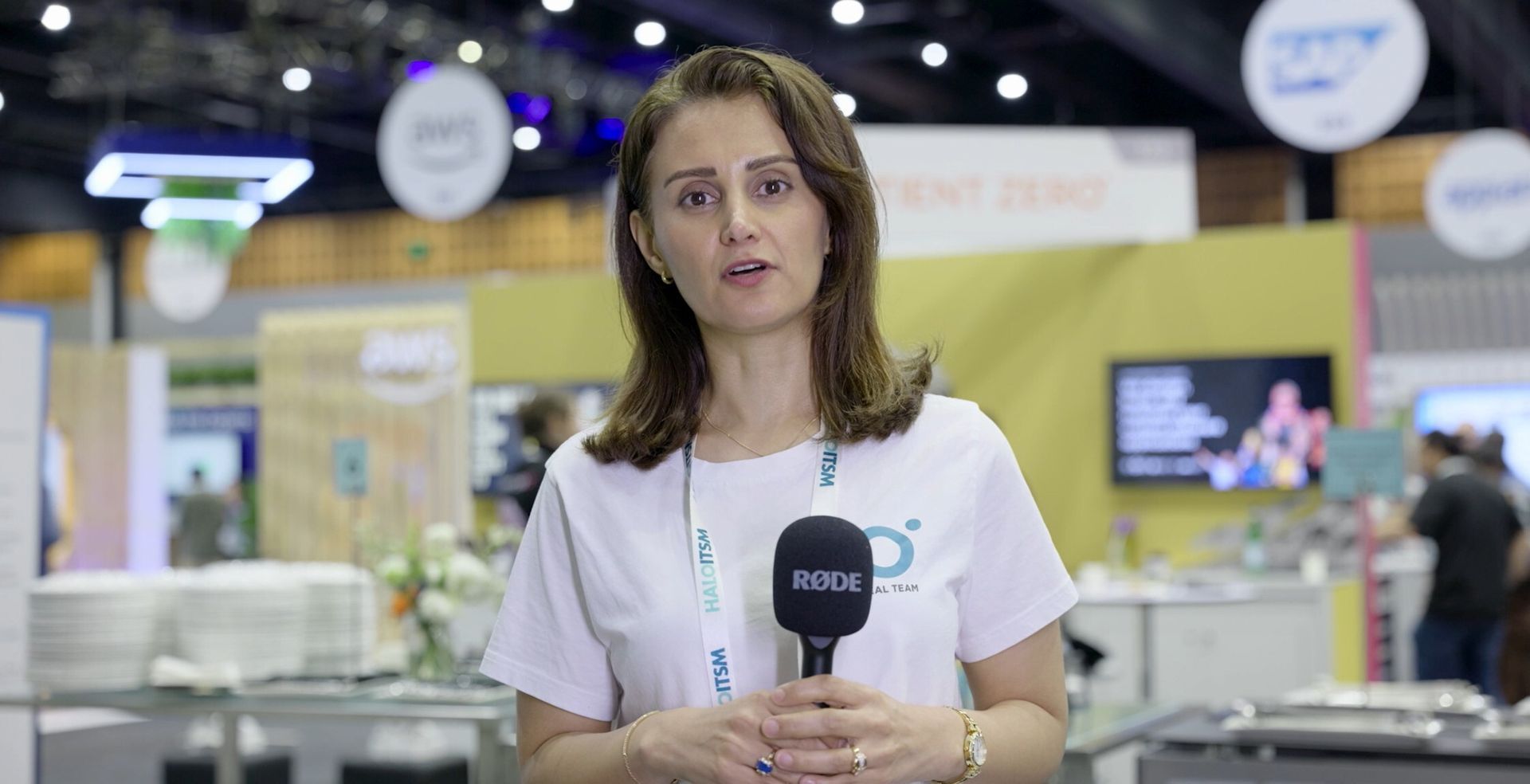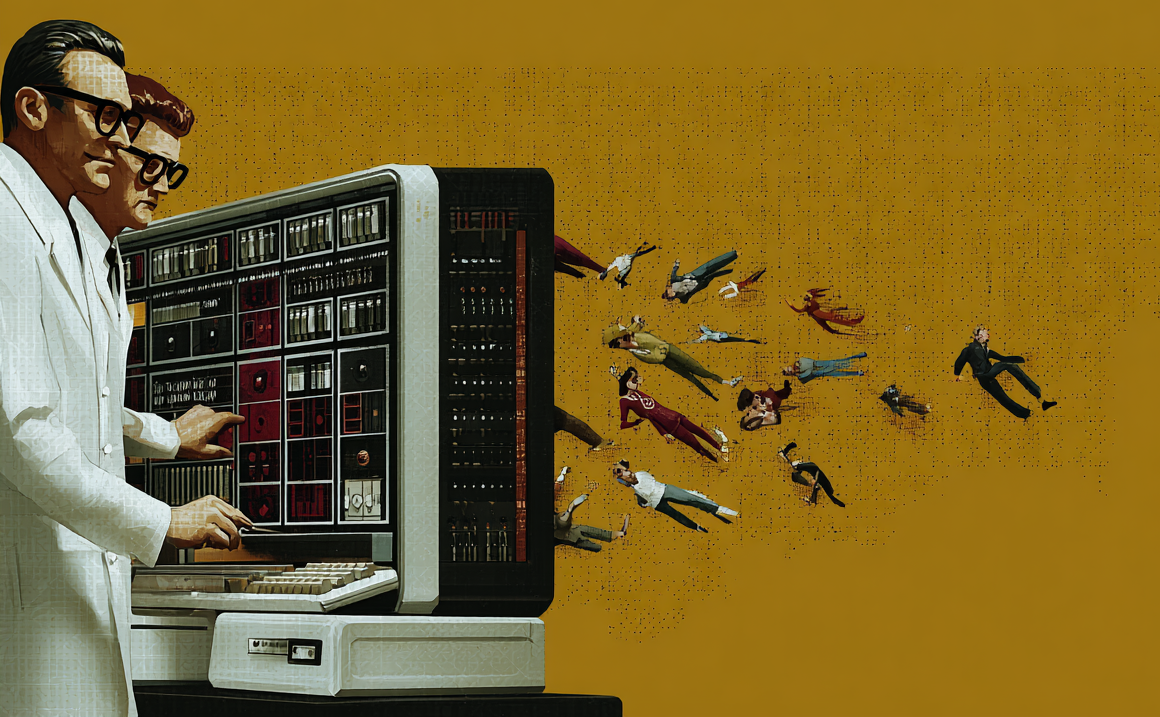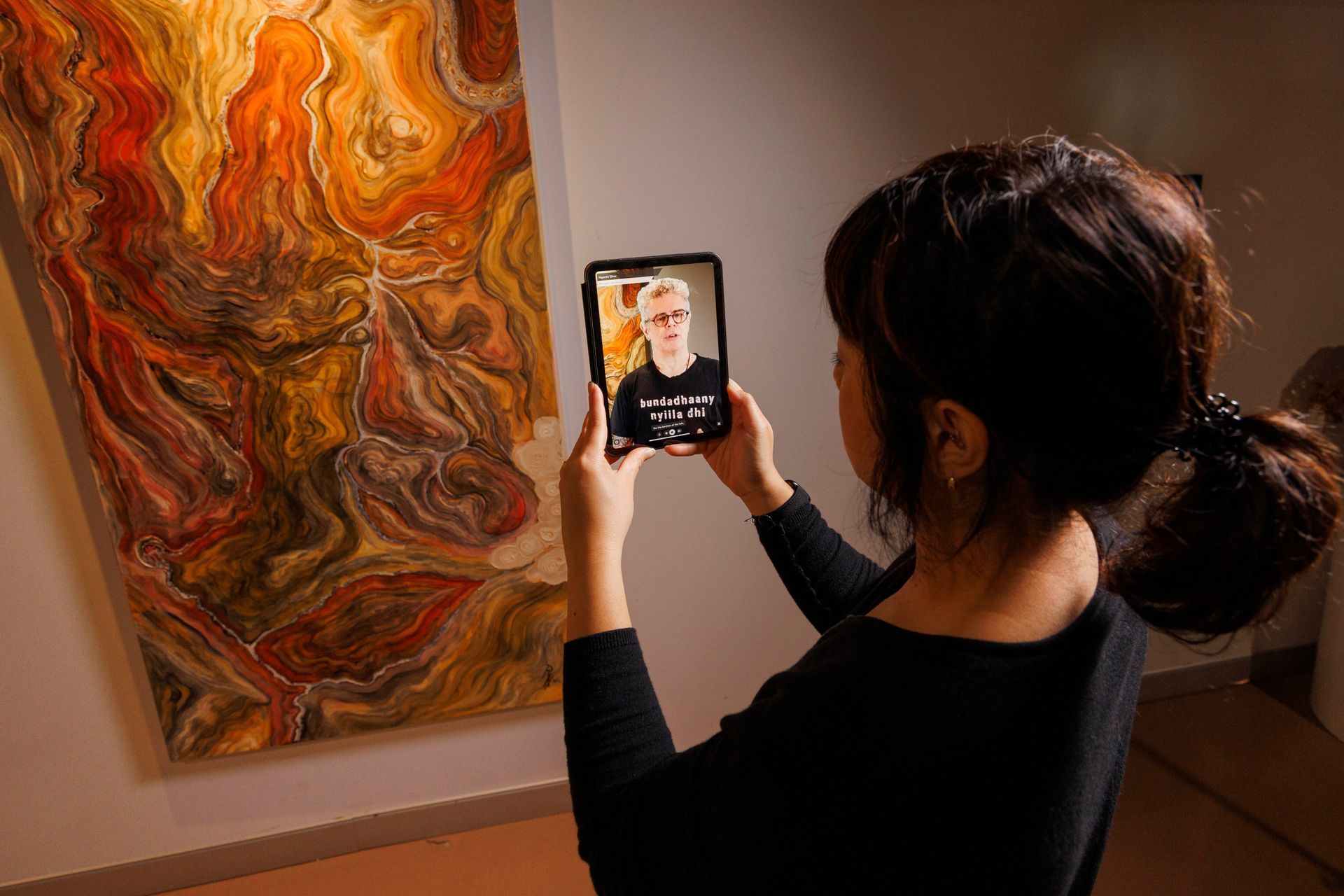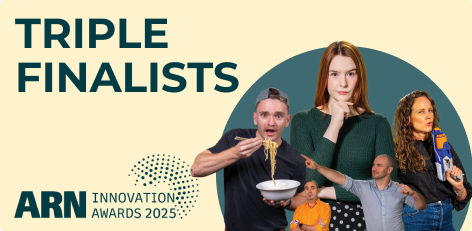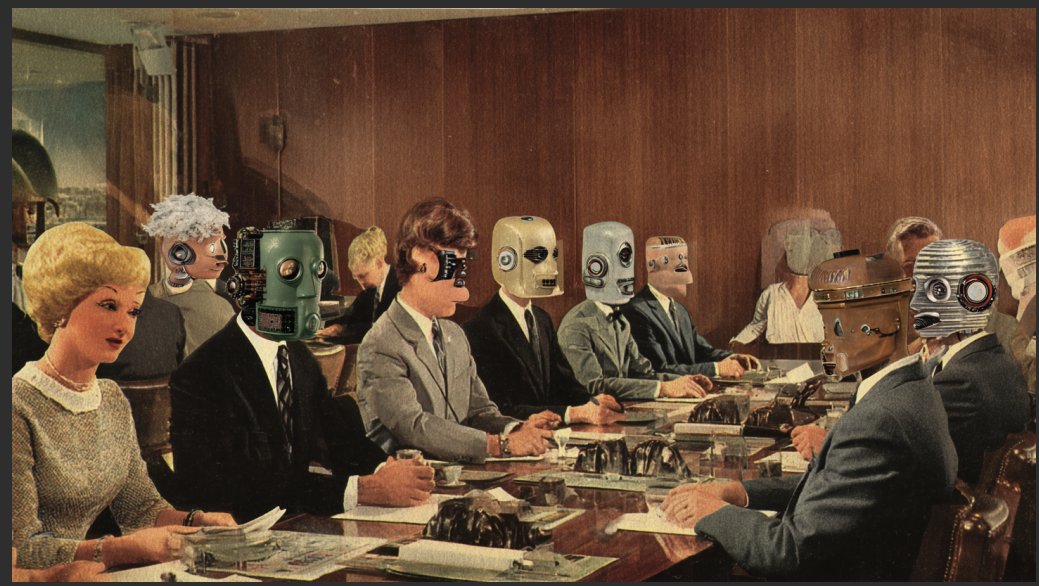Patient Zero and Birrunga Gallery unveil new AR app
First Nations artworks come to life in new Augmented Reality application
Patient Zero and Birrunga Gallery have launched a new Augmented Reality (AR) application, allowing visitors to the gallery to interact with, and hear directly from, the First Nations artists whose work is on display.
This immersive AR experience provides visitors with a deeper connection to the stories behind the First Nations artworks showcased at Birrunga Gallery, helping to build a stronger connection with the events, stories and truth-telling on display.
The app was officially unveiled at an event at Birrunga Gallery on May 27.
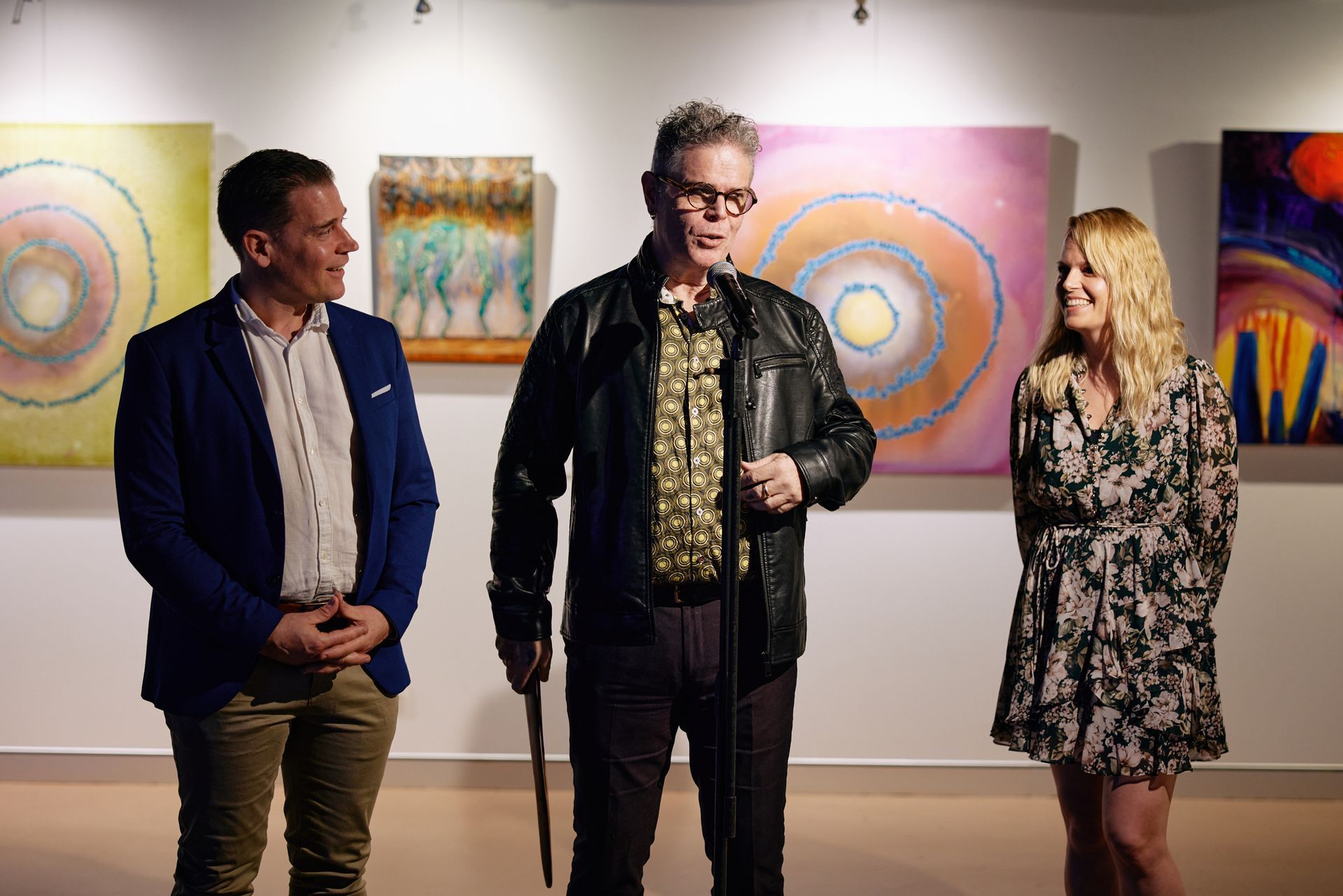
Patient Zero’s Principal Experience Custodian Demelza Green said the app is a unique tool that is helping to record, share and preserve First Nations stories for years to come.
“When Patient Zero first looked at augmented reality, we found a market saturated with short-lived experiences, and we wanted something that would have a longer lasting impact,” Ms Green said.
“With the Birrunga Gallery app, we’re using this technology to enhance a person’s experience at the gallery, to build their cultural understanding instead of merely distracting or entertaining them.
“Visitors are immersed in a cultural experience enabled by technology — not a technology experience that overshadows a cultural one."
By leveraging Patient Zero’s unique Way of Working, Birrunga Gallery was able to introduce this groundbreaking technology in months, not years.

Birrunga Gallery Founder and Principal Artist Birrunga Wiradyuri, a Wiradyuri man, said the app lets First Nations people tell important stories on their own terms.
“The app provides an unprecedented opportunity for us to engage with our visitors directly. Through utilising Augmented Reality, we have the opportunity to use our voices, tell our stories, speak directly with visitors in an intimate, interactive and immersive experience,” he said.
“You just can’t capture the nuances of our Cultural narratives in an exhibit label. With this app, visitors don’t just gain an understanding of an artwork, they experience it.”
The application is the result of a long and close partnership between Birrunga Gallery and Patient Zero, and was fast-tracked to market in under two months, using the Unity framework to build a truly immersive experience.
“Patient Zero was the only choice when it came to a partner for building this application," Birrunga said.
"We moved quickly from idea to execution, and we were able to get an experience into our visitors’ hands within two months.
“Even more importantly, we are capturing our stories for all time."
The Birrunga Gallery AR app is available the Apple and Android stores now.
Share This Post
Get In Touch
Recent Posts
